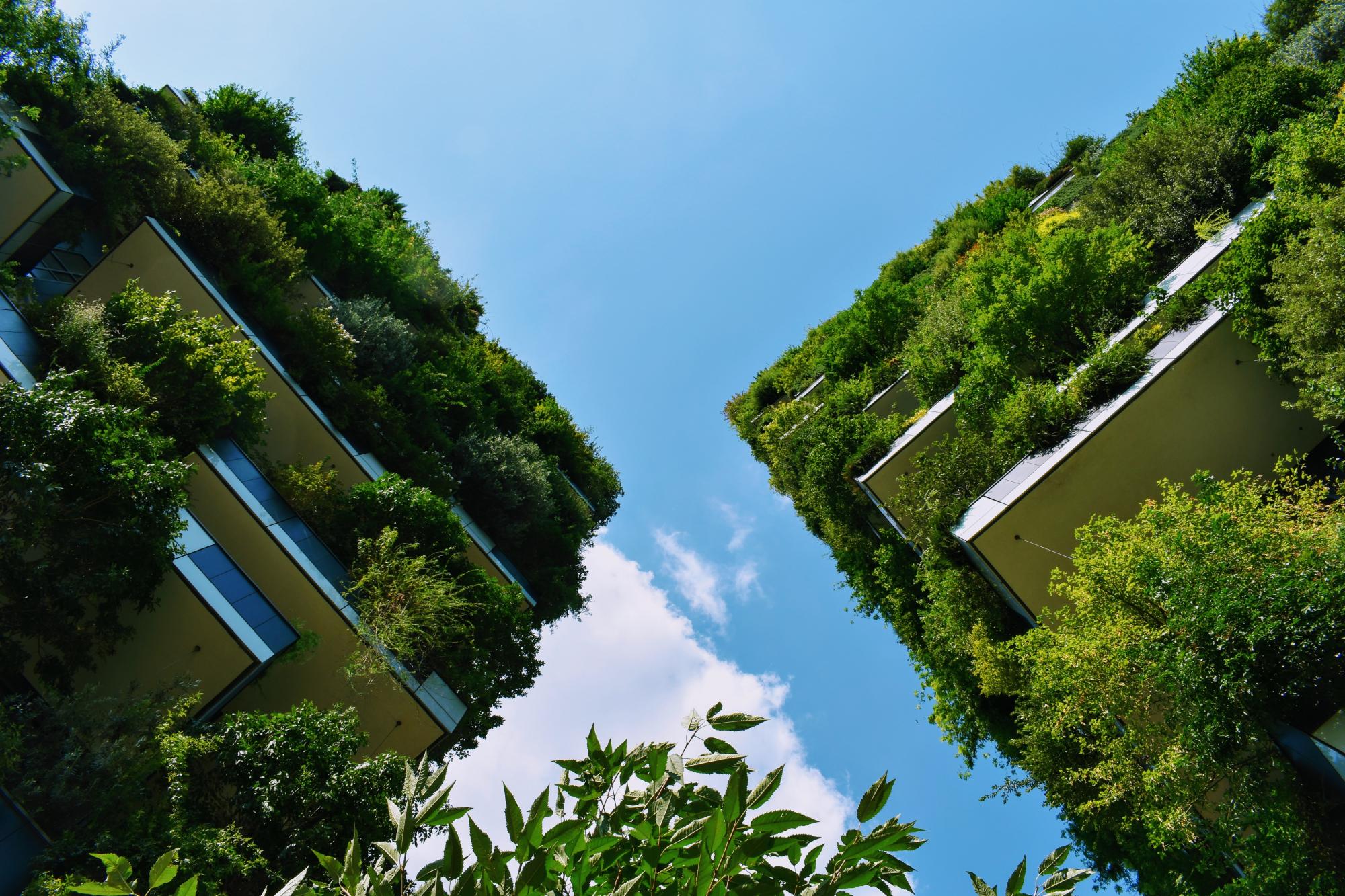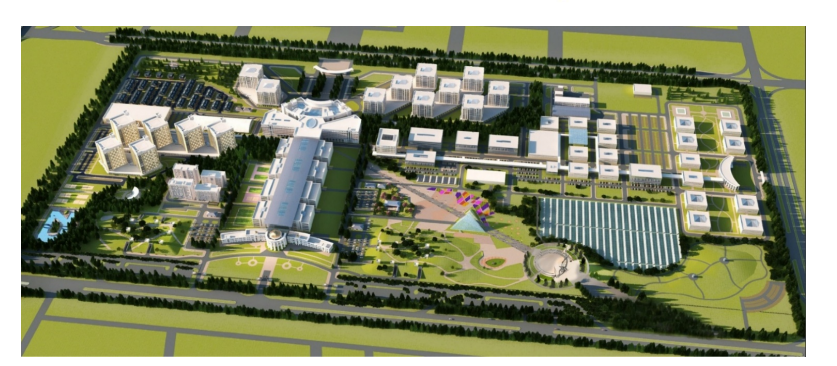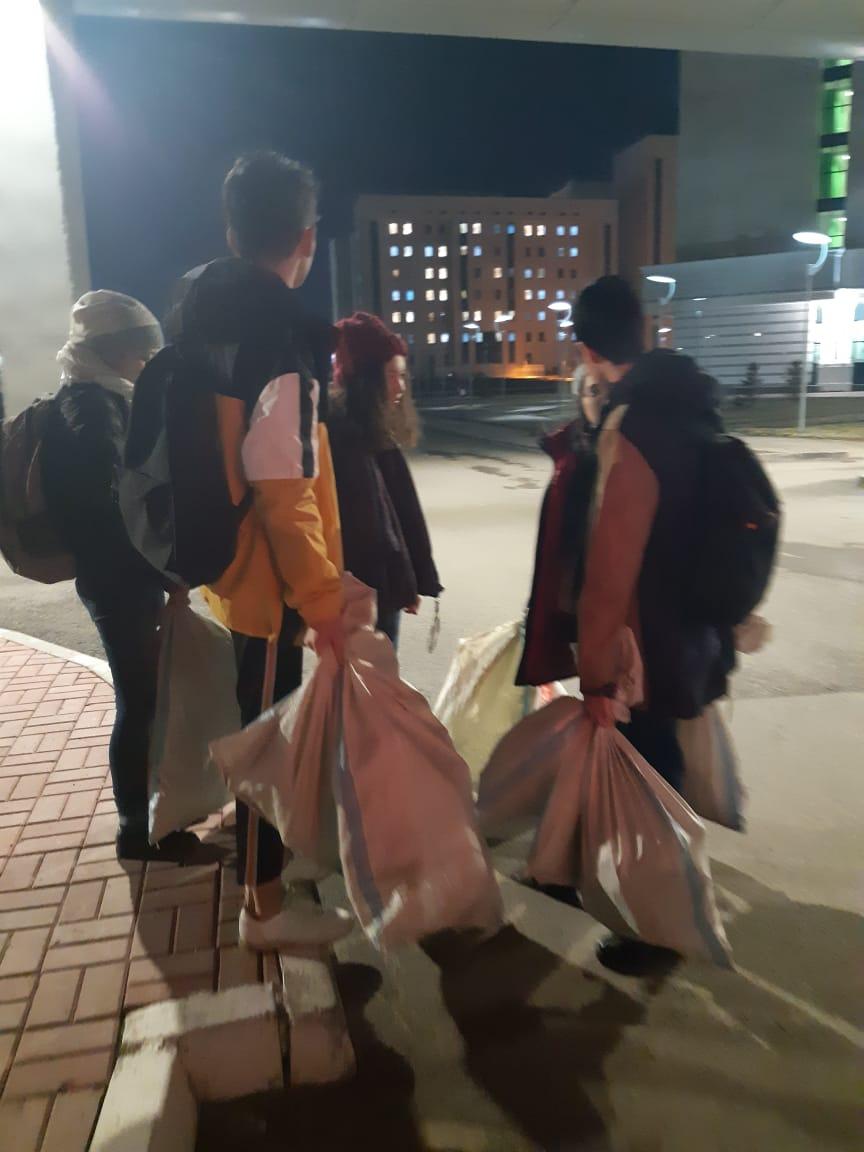Nazarbayev University (NU) launched the Green Campus (GC) project in 2016 to promote environmental sustainability (2). The GC concept is based on principles of the sustainable development and aims to focus on the greenhouse gas emissions reduction and waste management processes (1, 5). The university has established a Green Campus office, a Green Campus University Committee and the NU Green Society for the implementation of the project (2). One of the main activities of the Green Campus is organizing tree-planting events on campus. To date, more than 1000 trees have been planted, with funds donated by university sponsors or raised via the collection and recycling of campus wastepaper [3, 4]. Additionally, the initiative also implemented a separate waste collection process for six types of waste: paper, plastic, glass, metal, batteries, and light bulbs. The collected waste is sent for recycling to selected companies [2]. Before Earth Day, NU also hosts an annual Green Week in April, to promote sustainability practices within its community. The Green Week program typically includes eco-talks by experts, workshops, garage sales, vegetarian food fairs, eco-trips, art exhibitions, and environmental movie screenings [2, 4, 5]. Climate Week, training courses, and Climate Launchpad are also part of the university's green initiatives to educate students on environmental practices [5].
Overview
Nature-based solution
- Community gardens and allotments
- Community gardens
- Grey infrastructure featuring greens
- Institutional green space
Key challenges
- Climate action for adaptation, resilience and mitigation (SDG 13)
- Climate change mitigation
- Environmental quality
- Air quality improvement
- Waste management
- Green space, habitats and biodiversity (SDG 15)
- Green space creation and/or management
- Health and well-being (SDG 3)
- Improving physical health
- Social justice, cohesion and equity (SDG 10)
- Environmental education
Focus
Project objectives
Implementation activities
Climate-focused activities
Climate change mitigation:
- Increase green urban nature for carbon storage (wetlands, tree cover)
- Raise public awareness of behaviours, lifestyle and cultural changes with mitigation potential
Main beneficiaries
- Researchers/University
- Young people and children
Governance
Management set-up
- Led by non-government actors
Type of initiating organisation
- Researchers/university
Participatory approaches/ community involvement
- Dissemination of information and education
- Consultation (e.g. workshop, surveys, community meetings, town halls)
- Joint implementation (e.g. tree planting)
Details on the roles of the organisations involved in the project
Project implemented in response to ...
Financing
Total cost
Source(s) of funding
- Funds provided by non-governmental organization (NGO)
- Private funding by citizens
Type of funding
- Direct funding (grants, subsidies, or self-financed projects by private entities)
- Donations
Non-financial contribution
- Provision of land
- Provision of labour
- Citizens (e.g. volunteering)
Impacts and Monitoring
Environmental impacts
- Climate change
- Enhanced carbon sequestration
- Environmental quality
- Improved air quality
- Improved soil quality
- Green space and habitat
- Increased green space area
- Increased number of species present
- Enhanced support of pollination
Economic impacts
- Unknown
Socio-cultural impacts
- Social justice and cohesion
- Increased opportunities for social interaction
- Health and wellbeing
- Gain in activities for recreation and exercise
- Education
- Increased support for education and scientific research
- Increased knowledge of locals about local nature
Type of reported impacts
Presence of formal monitoring system
Presence of indicators used in reporting
Presence of monitoring/ evaluation reports
Availability of a web-based monitoring tool
References
2. Nazarbayev University. (2019). Our Green Campus. Available at: Source link (Accessed: March 2, 2023)
3. Nazarbayev University. (2020). Green Initiatives and Environmental Responsibility of NU. Available at: Source link (Accessed: March 2, 2023)
4. Nazarbayev University. (2023). NU Green Campus: Activities. Available at: Source link (Accessed: March 2, 2023)
5. Baigarin, K. & Yermekova, G. (2020). Nazarbayev University Green Campus. Available at: Source link (Accessed: March 2, 2023)
6. Nazarbayev University. (2021). NU Expands the Reach of Green Initiatives. Available at: Source link (Accessed: March 2, 2023)
7. Nazarbayev University. (2019). Environmental issues in the spotlight. Available at: Source link (Accessed: March 2, 2023)
8. Nazarbayev University. (2020). Separate garbage collection on the NU campus: from initiative to implementation. Available at: Source link (Accessed: March 2, 2023)
9. Nazarbayev University, Strategy 2018-2030, available at Source link (accessed on 11-04-2023)
10. Canada. Agriculture and Agri-Food Canada, Pollinator Partnership Canada, Planting forage for honey bees in Canada : a guide for farmers, land managers, and gardeners, available at Source link (accessed 11-04-2023)






